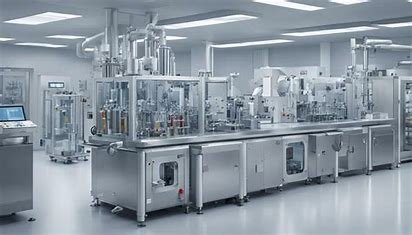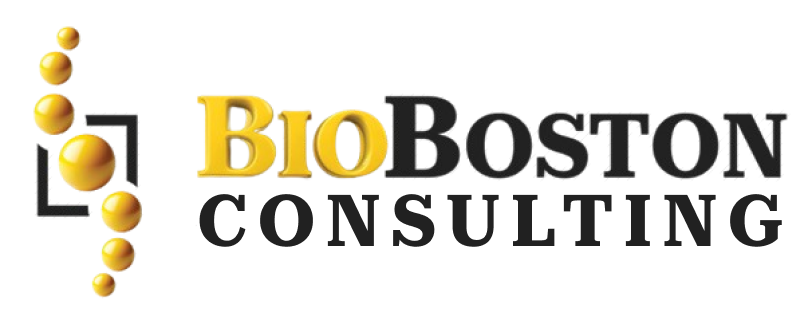“Learn how to master PART 211 Subpart B in pharmaceutical manufacturing. Explore organizational structures, personnel qualifications, quality control, and essential documentation for compliant production processes.”
Guidance on the organizational structure and personnel involved in pharmaceutical manufacturing is provided in PART 211 of Current Good Manufacturing Practice (CGMP) regulations for finished pharmaceuticals. These regulations provide guidance for a system of manufacturing controls to be validated by established settings to to ensure safety and efficacy.
Organizational Structure
PART 211: Subpart B under PART 211 requires pharmaceutical manufacturing companies to have a well-defined organization structure. Roles and responsibilities of each person, department, and functional area must be well defined. This helps to organize manufacturing by directing everyone with their defined responsibilities and tasks.
The facility shall establish a Quality Control Unit (QCU) which asks for everything that “originates and approves all procedures or specifications related to drug production. The QCU assures that all manufacturing processes conform to CGMP regulations, and the finished product is safe with defined test procedures. The QCU should be separated from other Departments and report directly to the top-level Management.
The facility also needs to create written procedures covering all parts of medicine manufacturing, such as quality control and documentation, storage and distribution. These practices need to be consistently enforced and reviewed over time to make sure they are performing properly.
Personnel Qualification and Training.
Let us use the pharmaceutical manufacturing process as an example for Subpart B, which covers personnel qualification and training. The sponsor must require the facility to ensure that all personnel involved in their drug production have education, training and experience which is commensurate with each individual’s assigned responsibilities.
A training program that encompasses all facets of drug manufacturing shall be established by the facility to make sure personnel are suitable for doing their jobs. The program should provide training on the facility’s procedures, equipment and materials. Staff should likewise need to be trained in GMPs (excellent manufacturing practices ), non-public cleanliness, gowning and sanitation.
The facility should also ensure that all staff are trained on an ongoing basis to keep them up-to-date. This education should address new methods, gear and resources as well as any modifications in guidelines or regulations.
Detecting and Recording Differences
For example, under subpart B the facility must develop procedures for identifying and investigating any deviations from established procedures. You must investigate and document any instance in which the actions were not followed without delay or with insufficiency. This information must be recorded in the batch records and should invoke necessary corrective actions.
The facility will need to ensure that staff realize the significance of recognizing and recording any deviations from the procedures established. The difference must be documented and personnel must be trained on how to identify the differences and document them along with methods for investigating and correction. Further, the facility must ensure that staff know what will happen if they fail to ID and document deviations. Failure to detect formally or informally document variations can result in drug products that are unsafe or ineffective.
Keep a Tidy and Secure Home
They should make sure that every person who is taking part in the production of drugs aware about their roles and responsibilities to maintain its cleanliness, hygiene and safety. Facilities and equipment provided must be sufficient to allow personnel to work safely and efficiently.
Develop practices to maintain the production equipment, rooms and materials in a clean and sanitary condition. Staff should comply with the handling methods to avoid pollution that may result spillage of end-product.
The facility must also adopt policy on landfilling of waste. Procedures must be performed to ensure that the contamination does not spread and environment is safe.
Documenting and Keeping records
Subpart B mandates that the facility identifies, documents and records anything relevant to drug production. This documentation, in turn, must be both accurate and complete — as well as available for examination by the relevant regulatory body.
Identifying and Documenting Deviations
The facility shall establish and maintain batch records of the complete manufacturing history for receipt to distribution, from raw materials through finished product. This documentation should detail the nature and amount of all components, processing equipment used, date / time for each step.
The facility is also responsible for keeping the records of all testing and quality control procedures performed as well as results, deviations with further steps to be taken. The records must be kept for a certain number of years and readily available to regulatory agencies during an inspection.
Comprehensive Record-Keeping Practices
The facility should keep personnel records in addition to batch records specifying the qualification and training of each employee engaged in production. The records should contain the name, education and training of any employee.
Just as importantly the facilities shall create a plan for handling and keeping all documentation. These processes are intended to make sure that all records and reports are legible, accurate, and readily retrievable. It is the obligation of institution, aalso to ensure that their entire records are archived in secure containers and kept safe so that no records are lost or damaged.
Conclusion: Ensuring Compliance and Safety in Pharmaceutical Manufacturing
21 CFR PART 211 SUBPART B 211.22 Organization : These restrictions were implemented to ensure a disciplined production process that is uniform, documented and controlled of which will result safe pharmaceutical products.
The regulations outline strong requirements for a set organizational structure, qualification of personnel and training programs, identifying and recording/ documenting for deviations when they occur, following-up on them, clean and safe environment as well as record retaining.
These guidelines must be followed by the manufacturers of pharmaceutical products so that their manufactured product is safe and effective for use. Failure to comply with these regulations can lead to the production of unsafe or inefficacious pharmaceutical products, which can cause harm (e.g. defective drugs causing injury) may not only result in severe legal actions against a manufacturer and serious damage to their reputation, but also potentially enormous financial liabilities related to such product recalls.
Reach out to BioBoston Consulting or go check out our website to find more on how you can help your organization.


